Precision metal stamping stands at the intersection of science, technology, and artistry. But what drives its precision, and how has science elevated this craft? Embark on a journey to uncover the scientific principles underpinning this intricate manufacturing process.
Precision metal stamping is a manufacturing process that utilizes advanced machinery, scientific principles, and meticulous techniques to shape metal sheets with high accuracy and consistency.
Delve deeper to understand the science, techniques, and innovations that have shaped precision metal stamping.
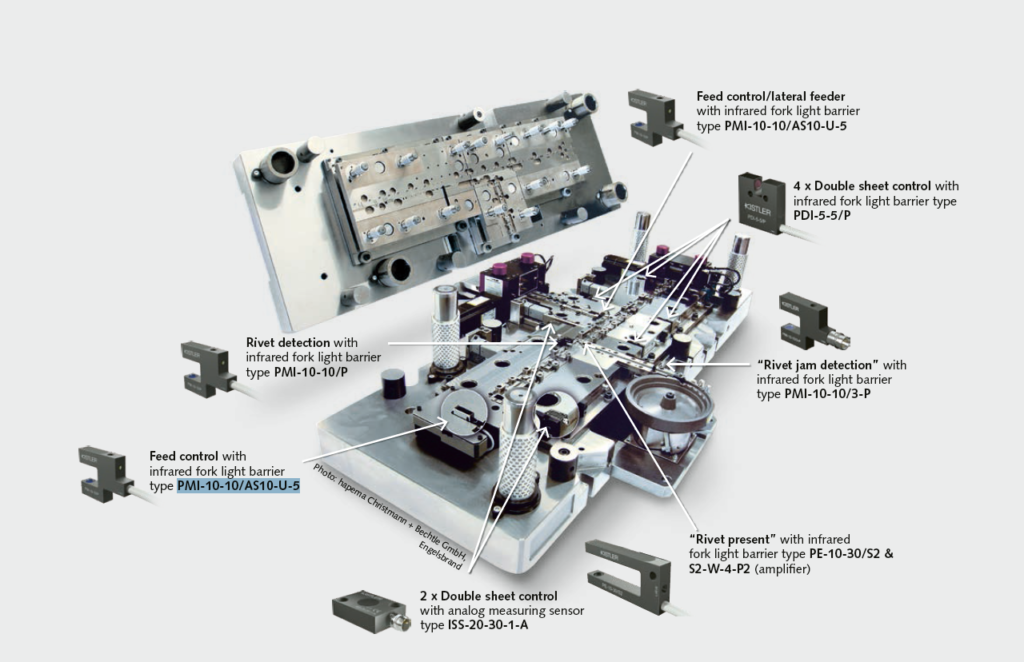
Fundamentals of Metal Behavior
The behavior of metals, whether during stamping or any other process, is deeply rooted in their atomic structure and the nature of metallic bonds. Understanding these fundamentals is crucial for mastering precision metal stamping.
Atomic Structure and Metallic Bonds
At the atomic level, metals consist of closely packed atoms arranged in a regular pattern, often referred to as a crystal lattice. These atoms freely share their outermost electrons, creating a ‘sea’ of delocalized electrons that move freely throughout the metal. This phenomenon is the essence of metallic bonding.
The strength and nature of these bonds play a pivotal role in determining a metal’s properties. For instance, the free movement of these electrons gives metals their characteristic electrical conductivity. Additionally, the uniform distribution of these electrons around positively charged atomic centers provides metals with their malleability and ductility.
How Metals Respond to External Forces
When external forces, such as those exerted during the stamping process, act upon a metal, its atoms shift within the crystal lattice. The ability of metals to deform under these forces without breaking is due to the mobility of the ‘sea’ of electrons, which allows atoms to slide past one another.
However, the degree to which a metal deforms depends on several factors:
- Strength of Metallic Bonds: Stronger bonds resist deformation, making the metal harder.
- Temperature: At higher temperatures, metals become more malleable as the increased kinetic energy allows atoms to move more freely.
- Impurities and Alloys: The presence of other elements can either strengthen or weaken the metal, affecting its response to external forces.
In the context of precision metal stamping, understanding these behaviors is essential. It ensures that the right amount of force is applied, the correct temperature conditions are maintained, and the best metal or alloy is chosen for the task.
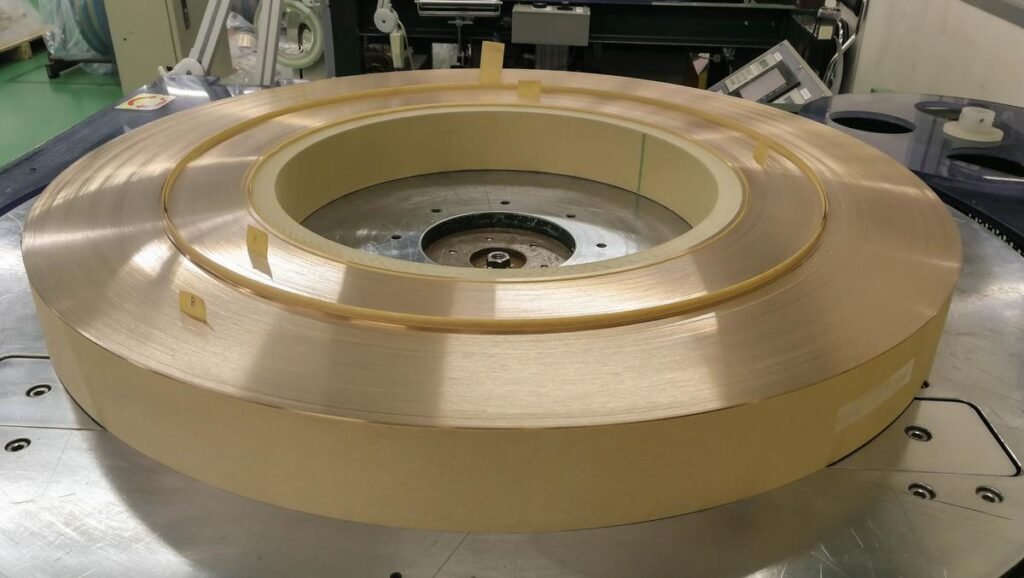
Principles of Precision
Precision is paramount in industries where even the slightest deviation can lead to significant consequences. In the realm of metal stamping, achieving precision is a delicate balance of understanding tolerances and the intrinsic properties of materials.
Tolerances and Their Importance
Tolerance refers to the permissible limit or limits of variation in a physical dimension. In metal stamping, it’s the difference between the intended dimension and the allowable deviation. Here’s why tolerances are vital:
- Quality Assurance: Ensuring parts fit and function as intended in assemblies or final products.
- Consistency: Producing consistent parts, batch after batch, enhances reliability and trust in the manufacturing process.
- Cost Efficiency: Reducing wastage by minimizing the production of defective parts that fall outside the specified tolerances.
Setting the right tolerance is a balancing act. While tighter tolerances ensure higher precision, they can also increase production costs due to the need for more sophisticated machinery and frequent quality checks.
The Role of Material Properties in Achieving Precision
Material properties significantly influence the outcome of the stamping process. Some key properties include:
- Elasticity: The ability of a material to return to its original shape after deformation. A material with high elasticity can spring back after stamping, affecting the final dimensions.
- Hardness: Harder materials resist deformation, requiring more force during stamping but can offer tighter precision.
- Ductility: Ductile materials can undergo significant deformation without breaking, allowing for more intricate designs.
- Thermal Properties: Metals expand and contract with temperature changes. Understanding a material’s thermal properties ensures precision, especially when stamping involves heating or cooling.
By selecting the right material and understanding its properties, manufacturers can better predict its behavior during the stamping process, ensuring the desired precision is achieved.

Technological Advancements
The field of metal stamping has witnessed significant technological advancements over the years. These innovations have not only improved the efficiency and precision of the stamping process but have also expanded its capabilities.
Evolution of Stamping Machinery
From manual hammers used by ancient blacksmiths to the sophisticated hydraulic and electric presses of today, the machinery used in metal stamping has undergone a remarkable transformation.
- Mechanical Presses: Earlier machines operated on mechanical power, using flywheels and gears to generate force. While effective, their scope was limited in terms of precision and scalability.
- Hydraulic Presses: Introduced in the 20th century, these use hydraulic cylinders to generate a compressive force, allowing for more control and higher tonnages. Their versatility made them a popular choice for various stamping applications.
- Electric Presses: Modern electric presses offer even greater precision and speed. They use servo motors, ensuring consistent force throughout the stamping process and enabling intricate designs.
The Impact of Computer-Aided Design (CAD) and Simulation
The integration of computer technology has been a game-changer for metal stamping:
- Design Precision: CAD software allows engineers to create detailed 3D models of the parts to be stamped. This ensures that every aspect, from dimensions to tolerances, is meticulously planned.
- Simulation: Before actual production, the stamping process can be simulated using specialized software. This helps in identifying potential issues, such as areas of excessive stress or deformation, and allows for adjustments in the design or process.
- Efficiency: CAD and simulation reduce the need for physical prototypes, saving both time and resources. They also facilitate rapid iterations, enabling quicker design modifications.
- Integration with Machinery: Modern stamping machines can be directly integrated with CAD systems, allowing for seamless transition from design to production.
The marriage of advanced machinery with computer technology has elevated metal stamping to new heights, ensuring that the industry remains at the forefront of manufacturing innovation.
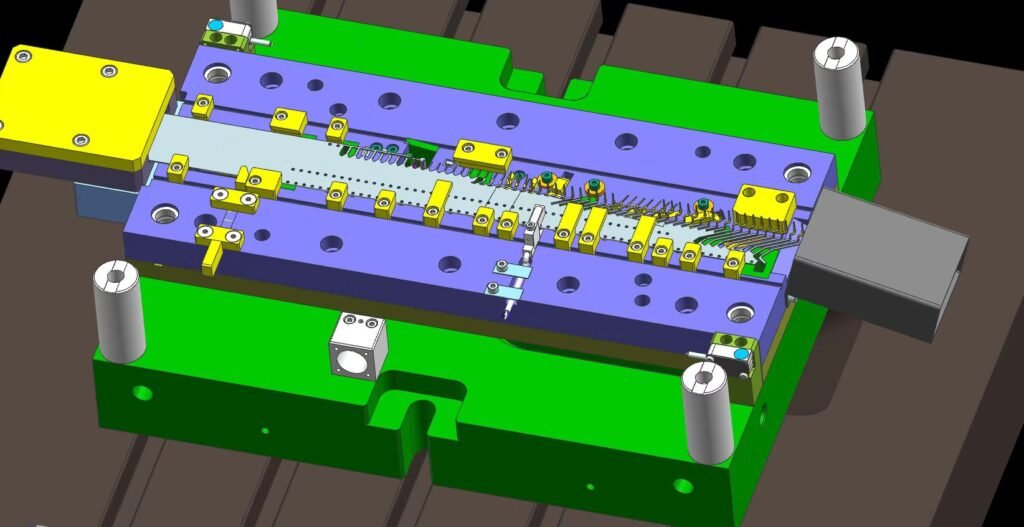
Material Science in Stamping
The success of the metal stamping process is intrinsically linked to the properties of the materials used. Material science plays a pivotal role in ensuring that metals behave predictably under the stresses of stamping, and that the final products meet the desired specifications.
Metallurgical Considerations
Metallurgy, the science of metals and their properties, is central to the stamping process. Some key metallurgical factors include:
- Grain Structure: Metals are composed of grains, and the size and arrangement of these grains can influence properties like strength, ductility, and hardness. For instance, fine-grained metals often exhibit higher strength but reduced ductility.
- Alloying Elements: The addition of other metals or elements can significantly alter the properties of a base metal. For example, adding carbon to iron produces steel, which has vastly different properties than pure iron.
- Impurities: Even trace amounts of certain elements can impact a metal’s behavior during stamping. For instance, sulfur can make steel more brittle, while phosphorus can increase its strength.
Heat Treatments and Their Effects on Stamping
Heat treatments are processes where metals are heated and cooled under controlled conditions to alter their properties. These treatments can have profound effects on a metal’s suitability for stamping:
- Annealing: This involves heating a metal to a specific temperature and then allowing it to cool slowly. Annealing can soften a metal, making it more ductile and easier to stamp.
- Quenching: Rapidly cooling a metal after heating can harden it. This can be beneficial for certain stamping applications where strength is paramount, but it can also make the metal more brittle.
- Tempering: After quenching, metals can be reheated to a lower temperature to reduce brittleness. This process, called tempering, strikes a balance between hardness and ductility.
- Aging: Some alloys can be strengthened by allowing them to sit at room temperature or by heating them to a temperature lower than that used in annealing. This process can enhance certain properties, making the alloy more suitable for specific stamping applications.
Understanding the intricacies of material science ensures that the right metal, with the right properties, is chosen for each stamping project. It also allows for adjustments in the stamping process to accommodate the unique characteristics of different metals.
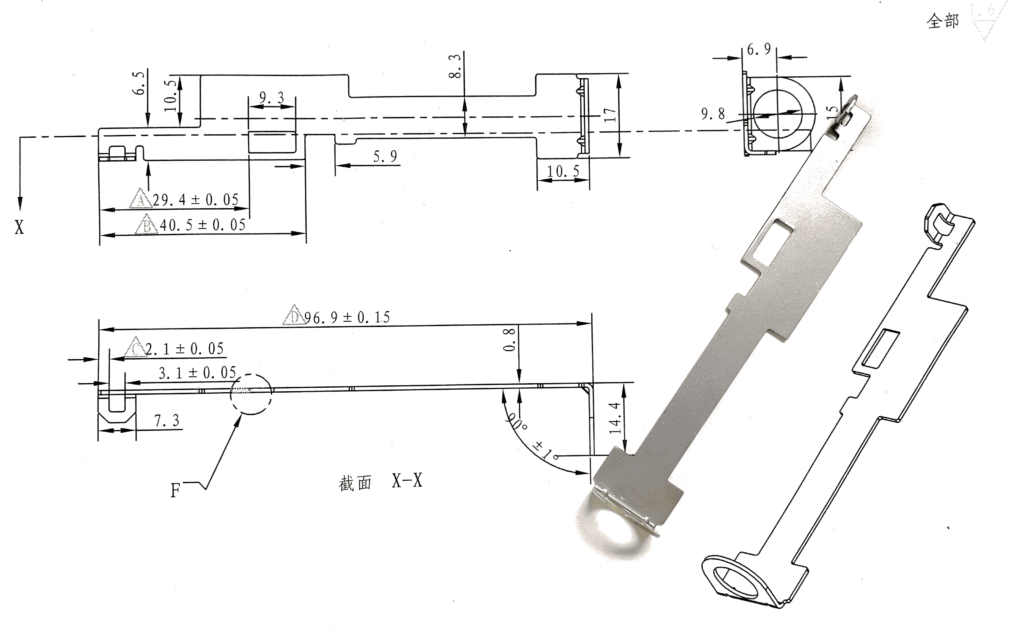
Challenges in Precision Stamping
Precision stamping, while offering numerous advantages, is not without its challenges. The drive for perfection and the intricacies of the process can lead to various issues. Understanding these challenges and their root causes is the first step towards devising effective solutions.
Common Issues and Their Scientific Explanations
- Springback: After stamping, metals tend to revert slightly to their original shape, a phenomenon known as springback. This is due to the metal’s elasticity and can affect the final dimensions of the stamped part. The extent of springback is influenced by the metal’s properties, the stamping force, and the design of the die.
- Tearing: If a metal is stretched beyond its limit during stamping, it can tear. Factors like the metal’s ductility, thickness, and the rate of deformation play a role in this issue.
- Wrinkling: When metal is compressed during stamping, it can develop wrinkles, especially in areas where the material gathers. This is often a result of uneven compression or issues with the die design.
- Surface Defects: Stamped parts can sometimes exhibit surface defects like scratches, dents, or marks. These can arise from contaminants on the metal sheet, imperfections in the die, or excessive stamping force.
Solutions and Best Practices
- Optimizing Die Design: A well-designed die can mitigate many stamping challenges. Factors like die clearance, punch and die radii, and the angle of the die can be adjusted to reduce issues like tearing and wrinkling.
- Material Selection: Choosing the right metal, with the appropriate properties, is crucial. For instance, metals with higher ductility are less prone to tearing, while those with lower elasticity exhibit less springback.
- Heat Treatments: As discussed earlier, heat treatments can alter a metal’s properties. Annealing can increase ductility, reducing the risk of tearing, while other treatments can enhance hardness or reduce springback.
- Lubrication: Applying lubricants can reduce friction during stamping, minimizing the risk of surface defects. It also helps in achieving a smoother flow of the metal, reducing issues like wrinkling.
- Regular Maintenance: Regularly inspecting and maintaining stamping machinery and dies ensures consistent performance and reduces the risk of defects.
By understanding the challenges in precision stamping and implementing best practices, manufacturers can produce high-quality parts with minimal defects, ensuring efficiency and customer satisfaction.
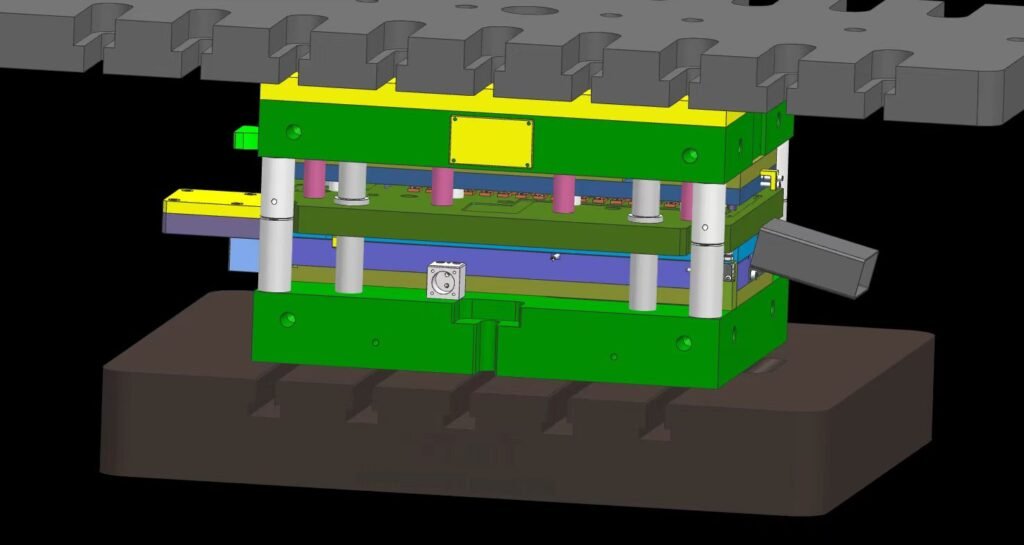
Future of Precision Metal Stamping
The world of precision metal stamping is not static. As industries evolve and demands change, the field continues to innovate, embracing new technologies and materials to push the boundaries of what’s possible.
Emerging Technologies and Research
- Artificial Intelligence (AI) and Machine Learning: These technologies are being integrated into the stamping process to predict and prevent defects, optimize operations, and enhance quality control. By analyzing vast amounts of data, AI can identify patterns and trends, leading to more efficient and precise stamping.
- Robotics and Automation: Advanced robots equipped with sensors can handle intricate stamping tasks with high precision and consistency. They can also work alongside human operators, enhancing productivity and reducing errors.
- 3D Printing: While traditionally used for prototyping, 3D printing is now being explored for creating stamping dies. This allows for rapid iterations and customization, reducing lead times and costs.
- Advanced Sensing Technologies: Sensors that can monitor temperature, pressure, and material flow in real-time are being integrated into stamping machines. This provides instant feedback, allowing for adjustments on-the-fly and ensuring optimal stamping conditions.
The Role of Nanotechnology and Advanced Materials
- Nanotechnology: At the nanoscale, materials exhibit unique properties. Nanotechnology is being used to develop nano-coatings and nano-enhanced materials that offer improved wear resistance, reduced friction, and enhanced strength for stamping applications.
- Advanced Alloys: Research is ongoing to develop new metal alloys with enhanced properties. These alloys can offer higher strength-to-weight ratios, better corrosion resistance, and improved formability, making them ideal for precision stamping.
- Composite Materials: Composites, which combine two or more materials, are being explored for stamping. They can offer the best of both worlds, such as the strength of metals combined with the lightweight nature of polymers.
- Shape Memory Alloys: These are metals that can “remember” their original shape and return to it when subjected to specific stimuli, like heat. They hold potential for creating self-healing dies or parts that can adjust their shape post-stamping.
The future of precision metal stamping is bright, with continuous advancements promising to revolutionize the industry. As we harness the power of emerging technologies and delve deeper into the world of advanced materials, the possibilities seem limitless.

Conclusion
The science behind precision metal stamping is a testament to human innovation and the relentless pursuit of perfection. As we continue to push the boundaries of what’s possible, the future holds even more exciting advancements in this field.



